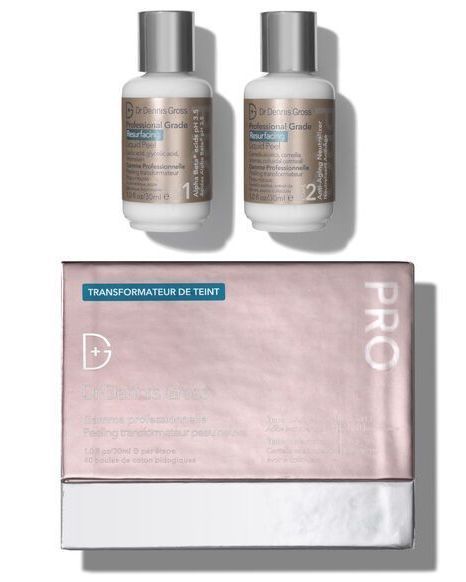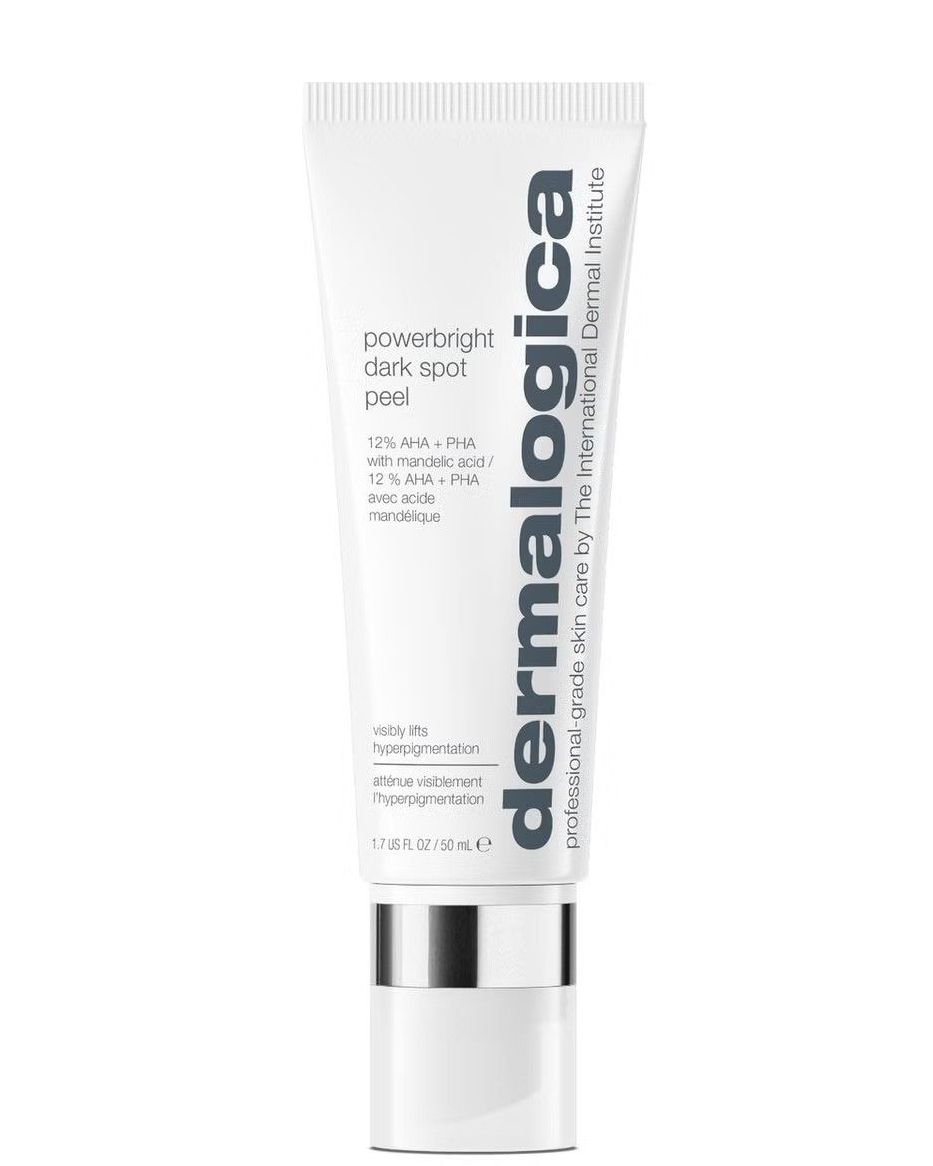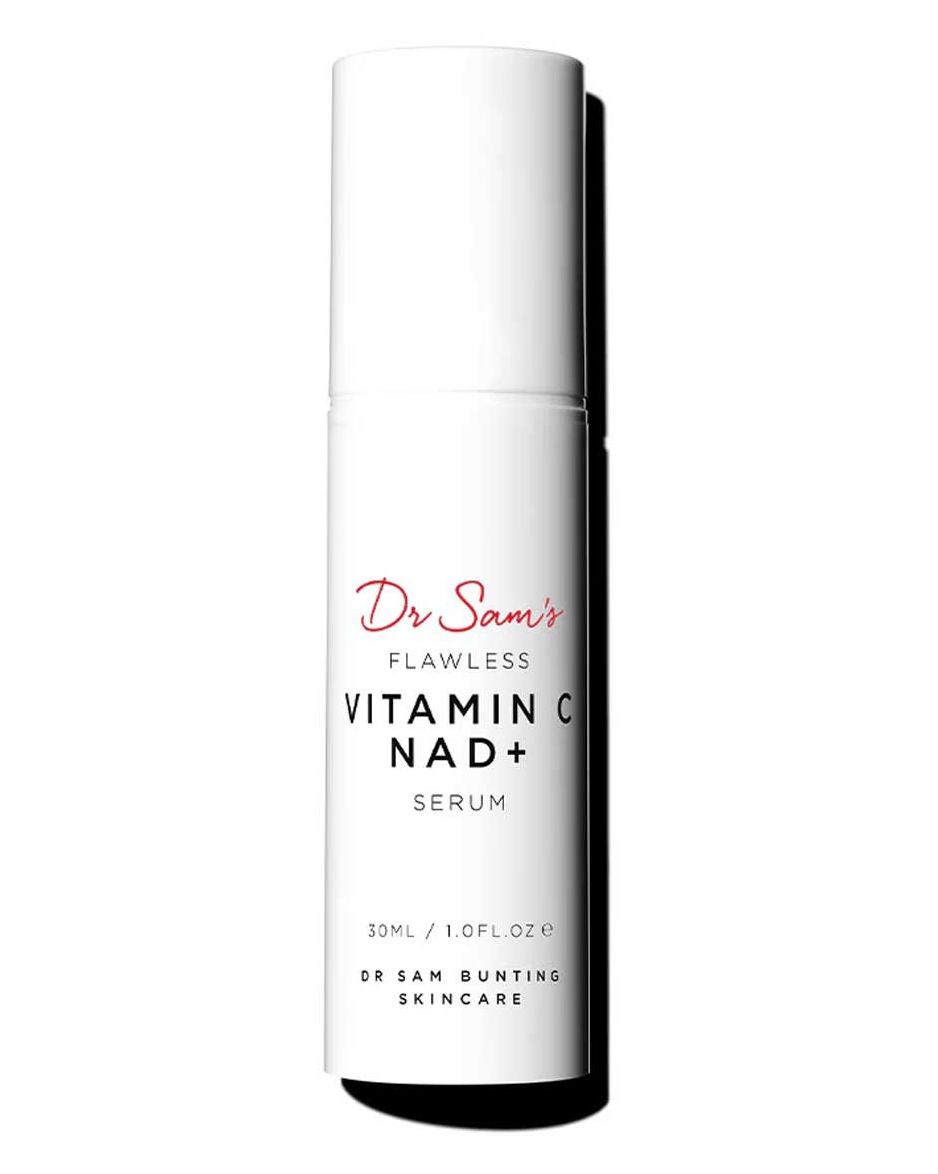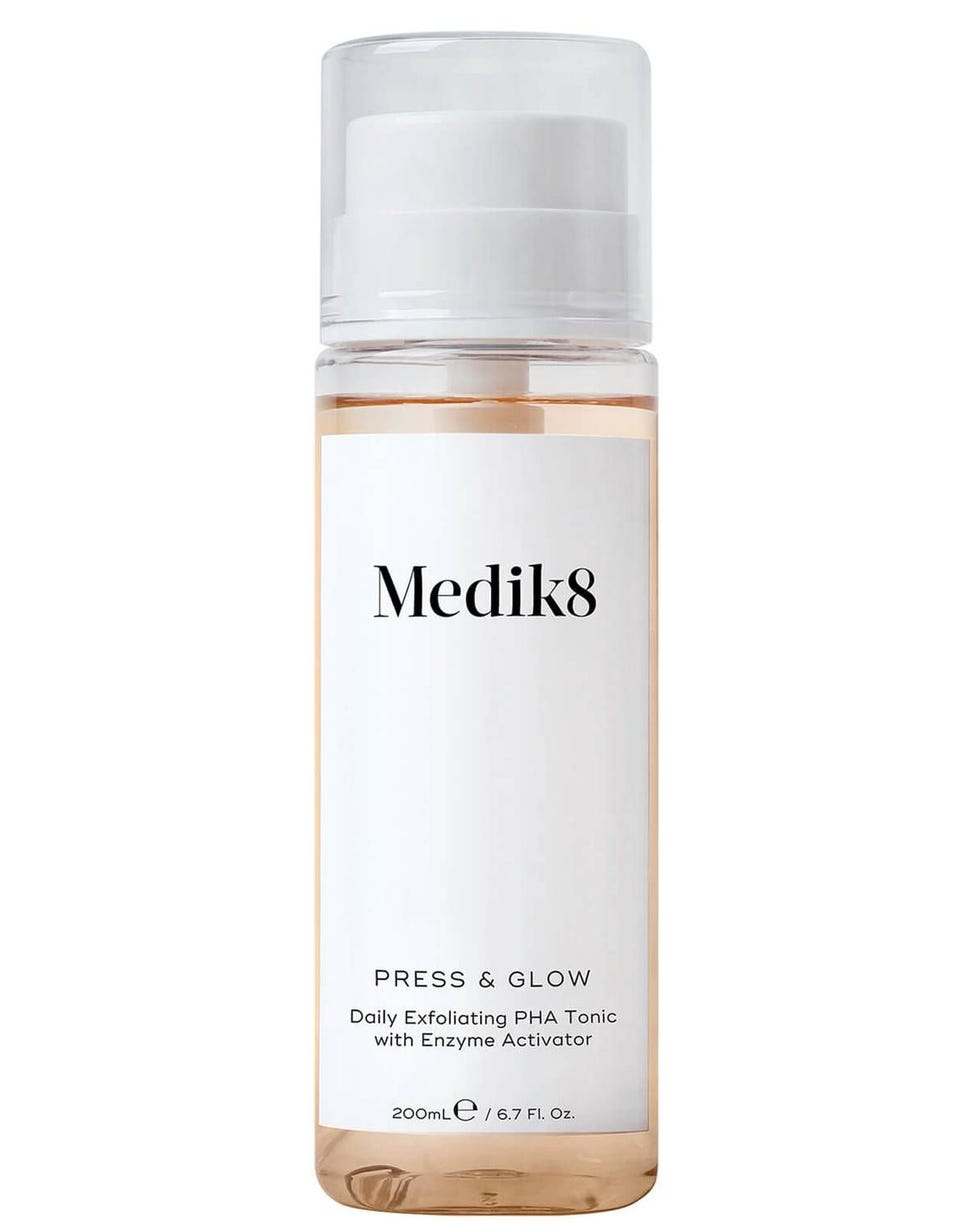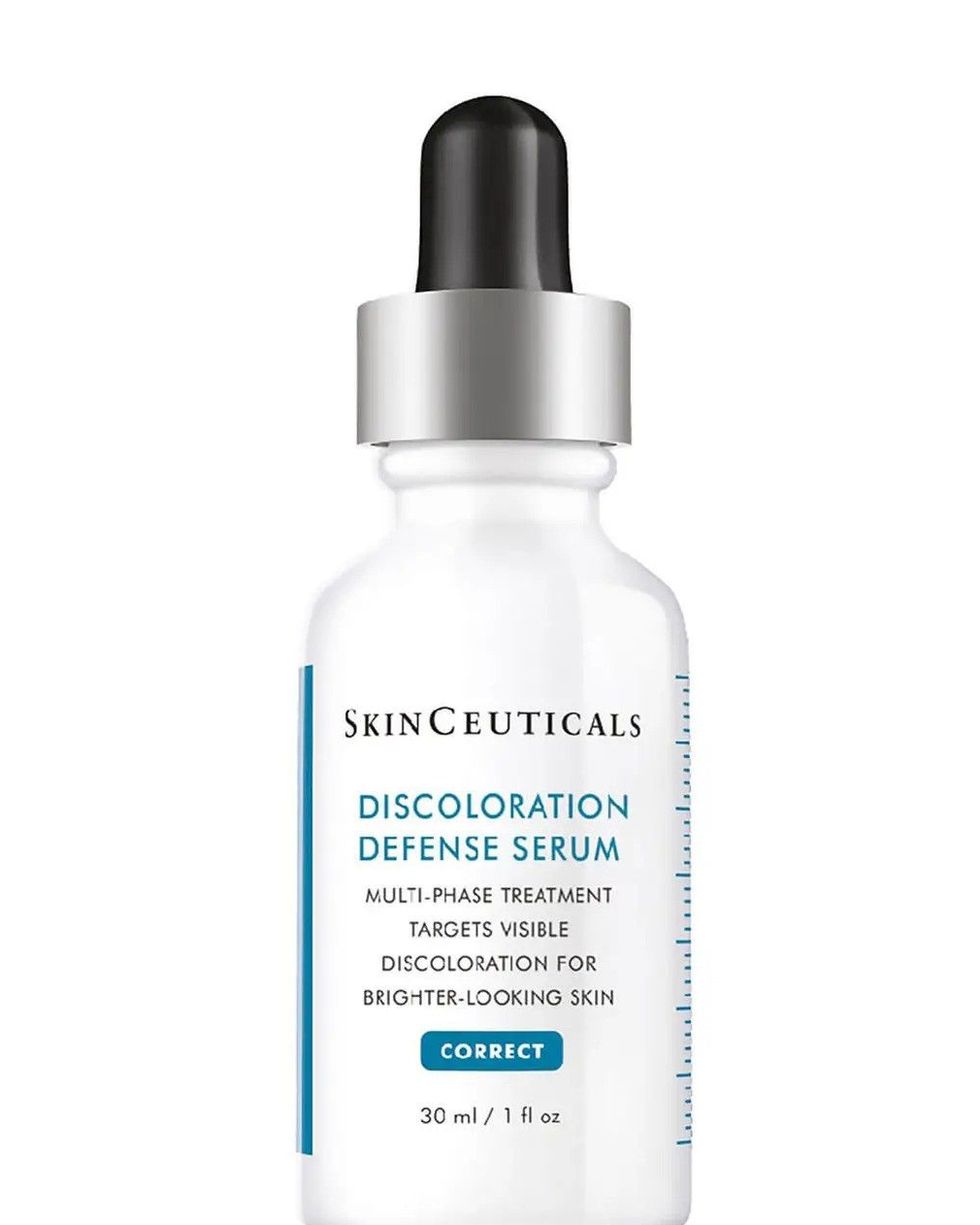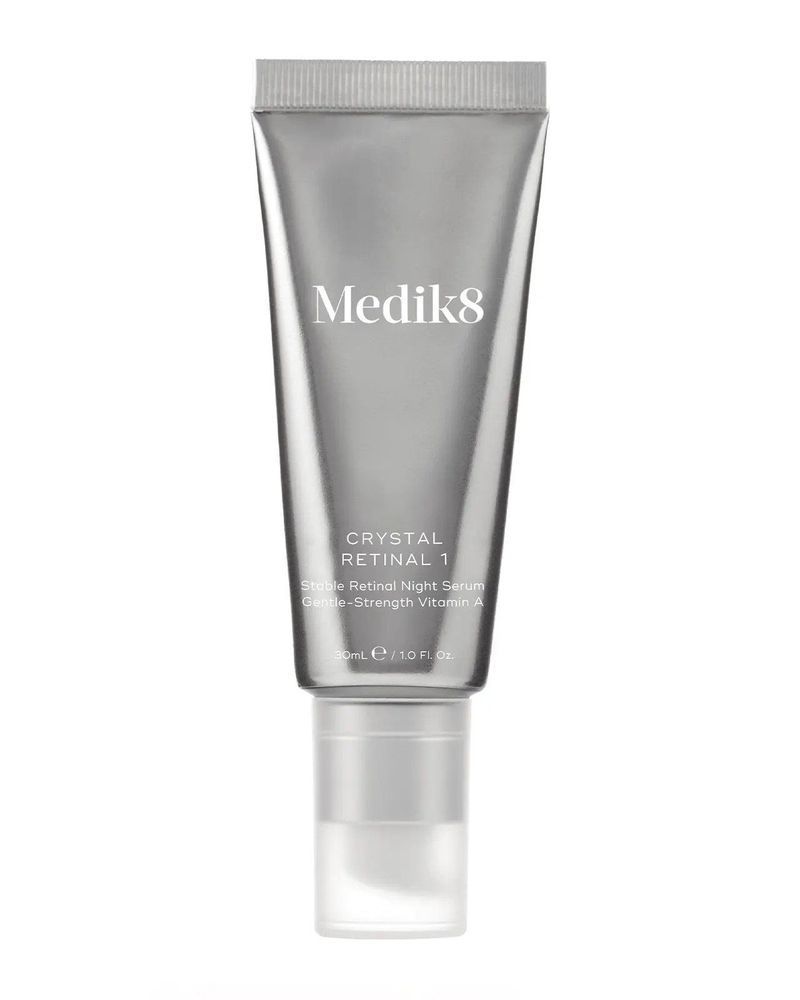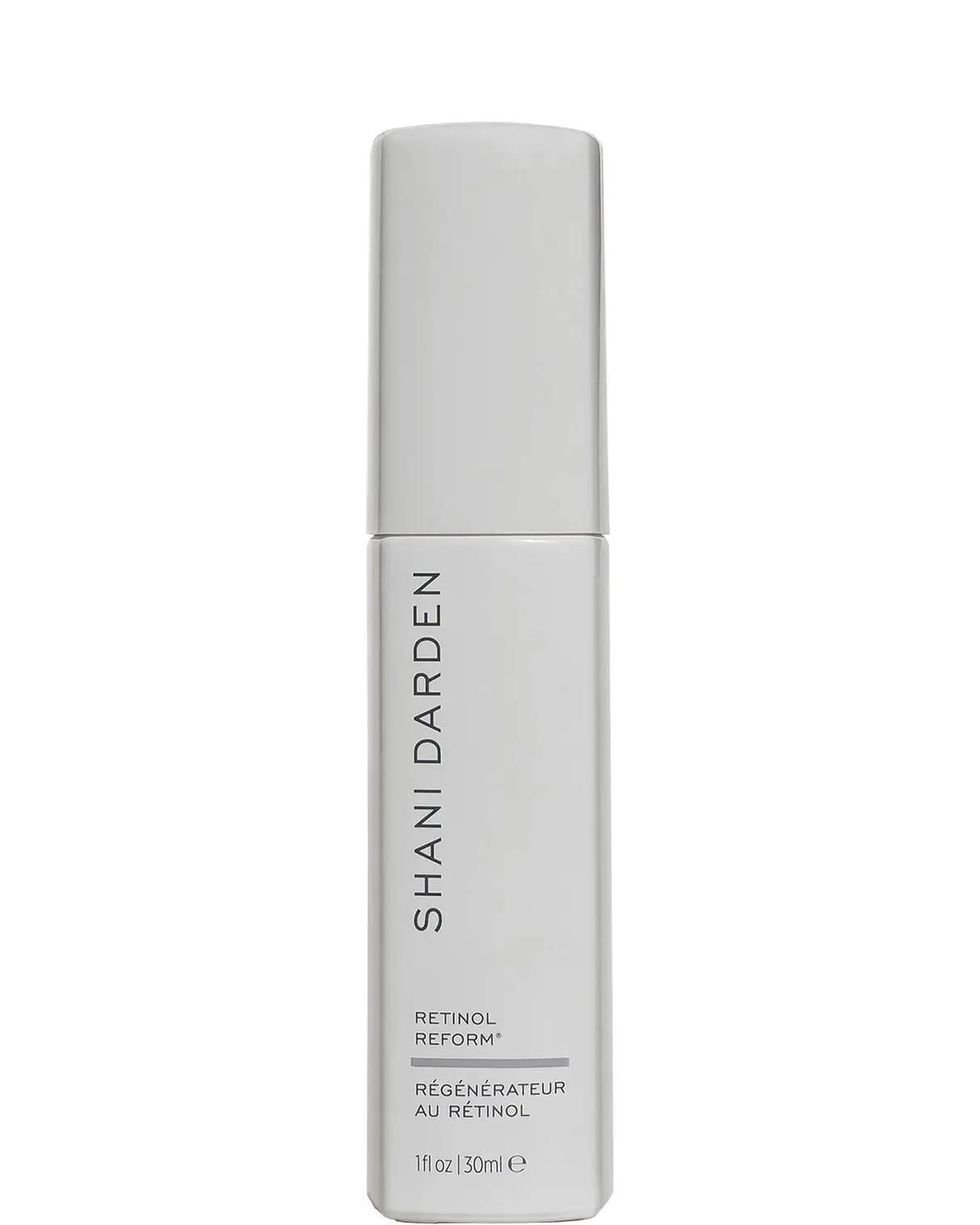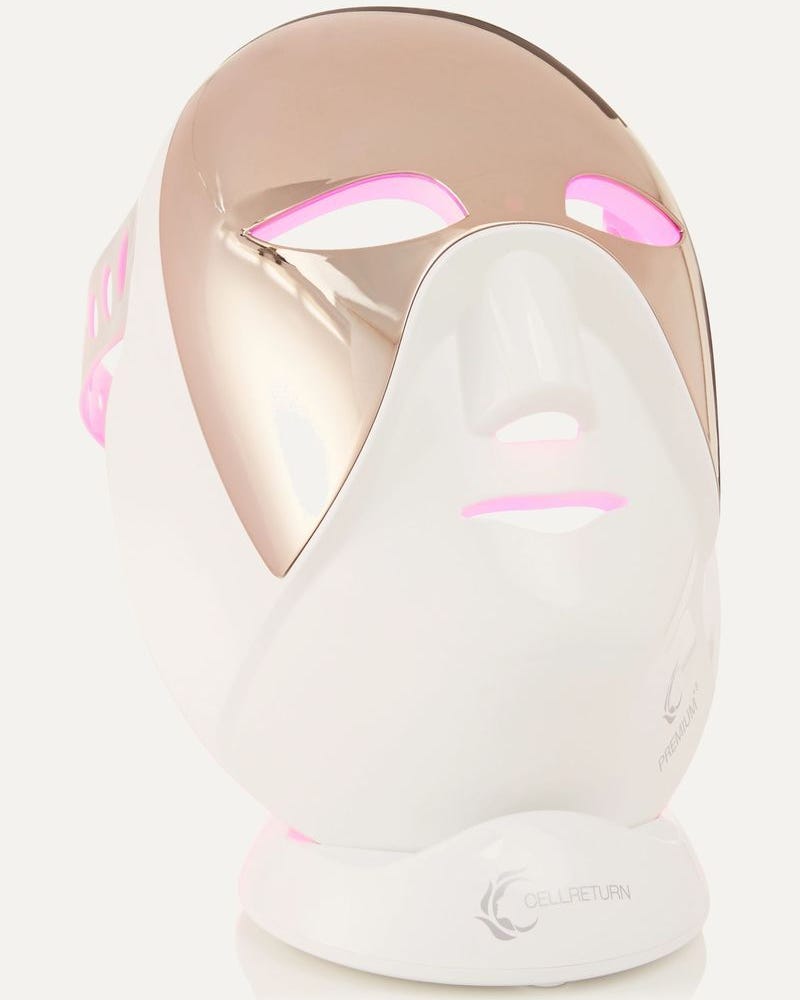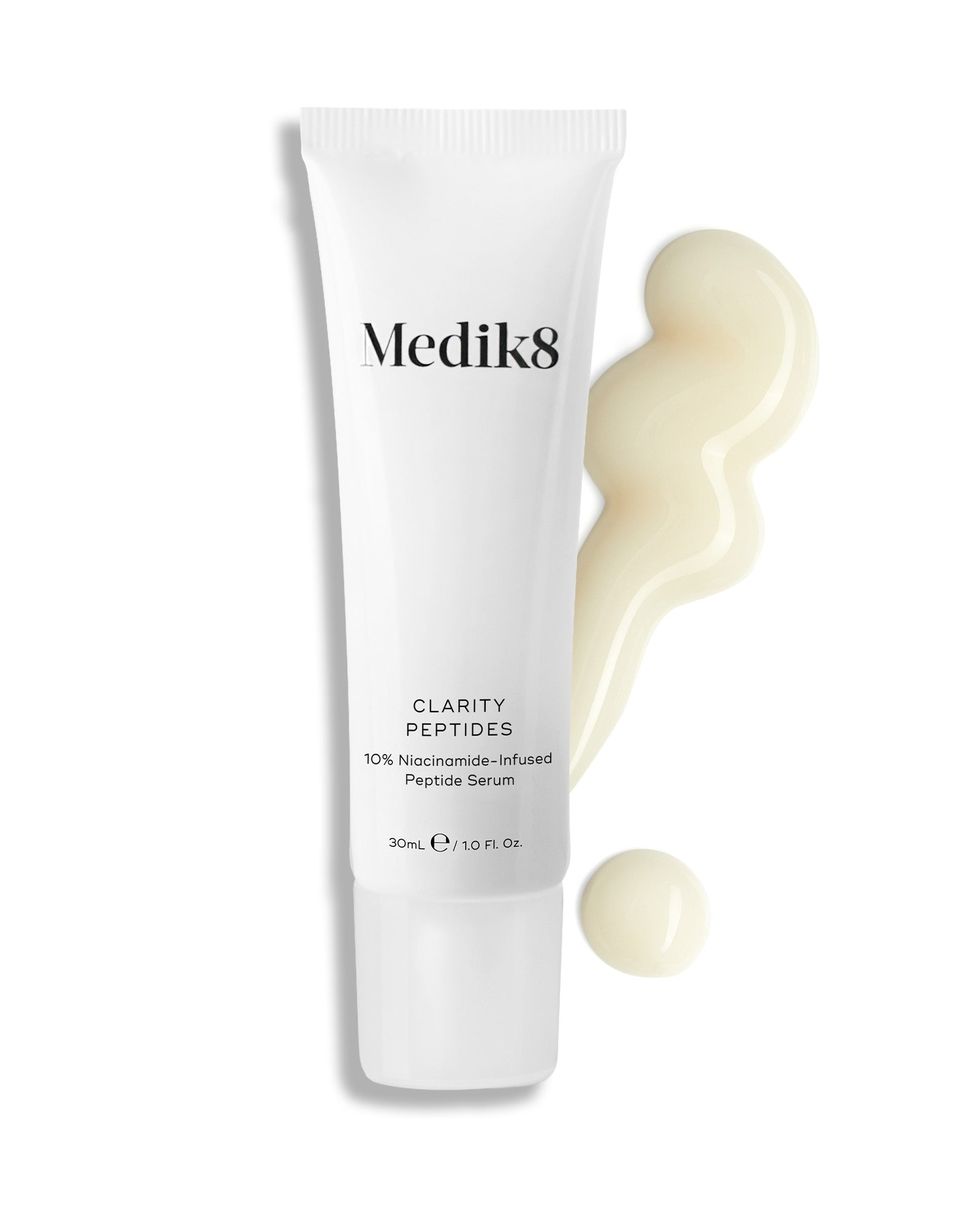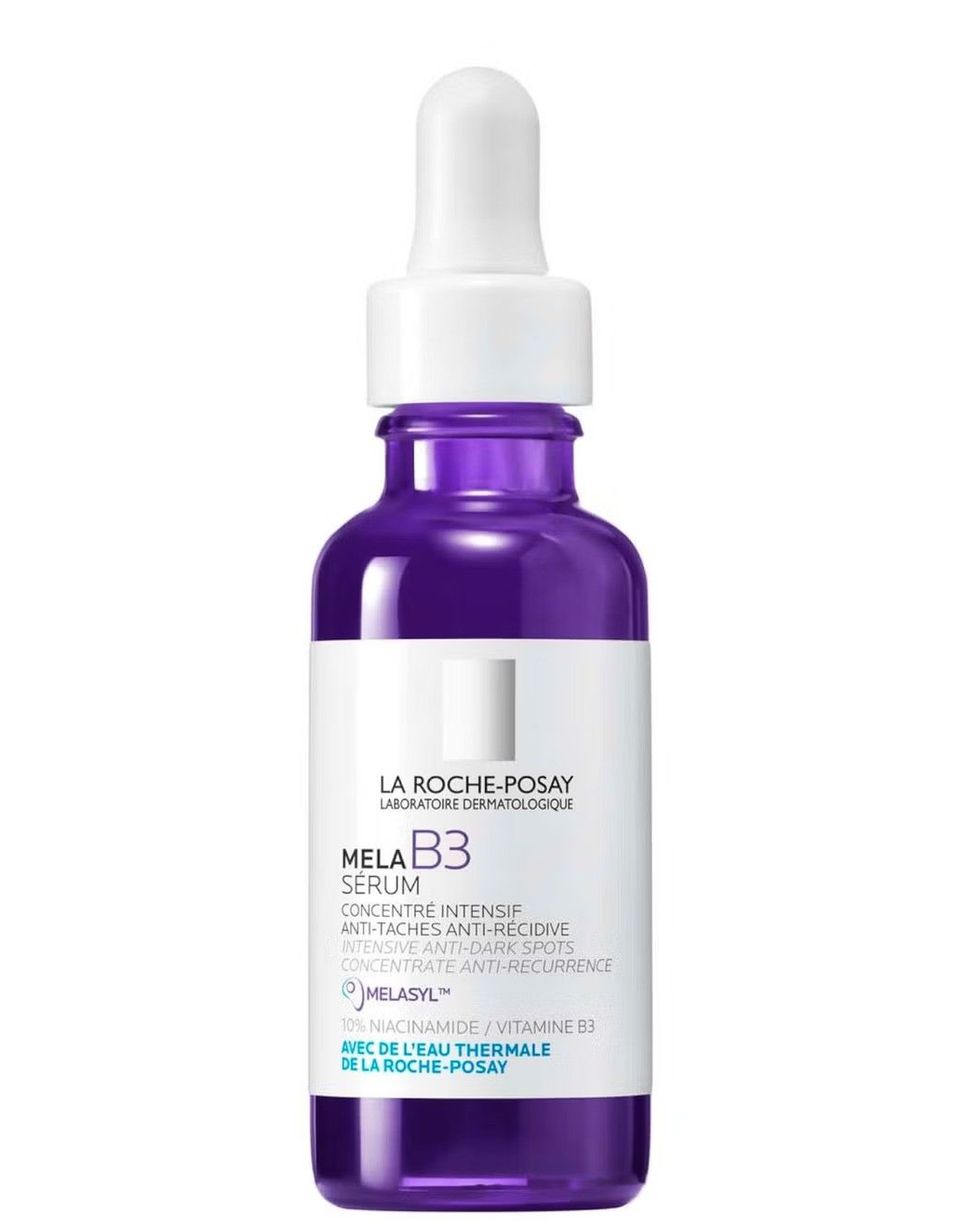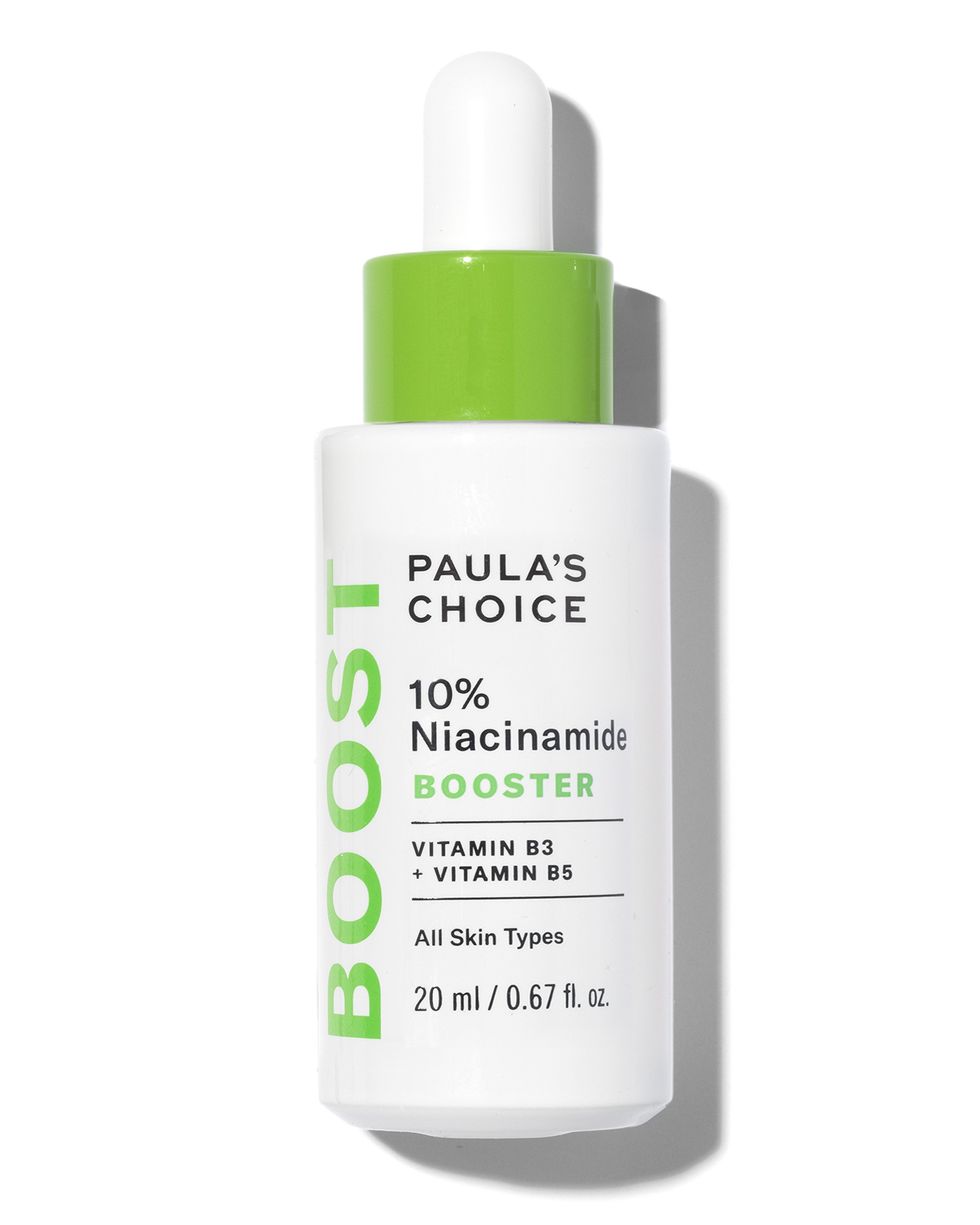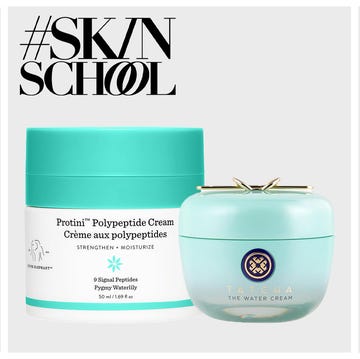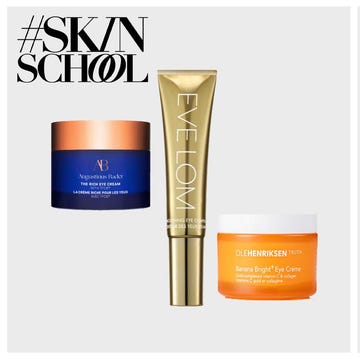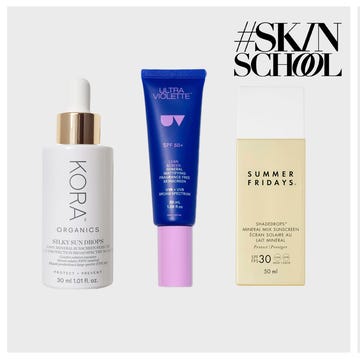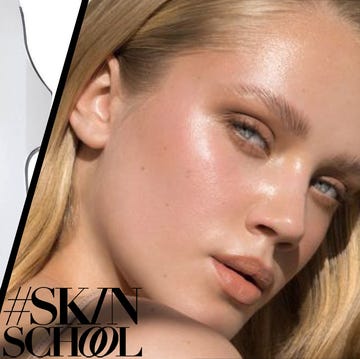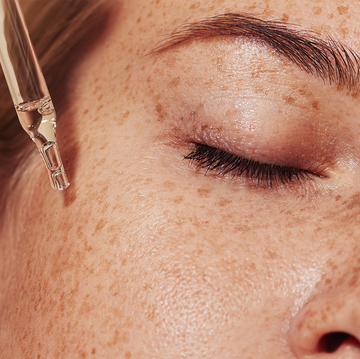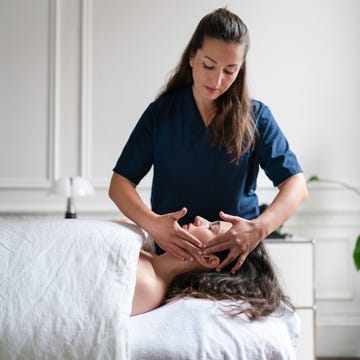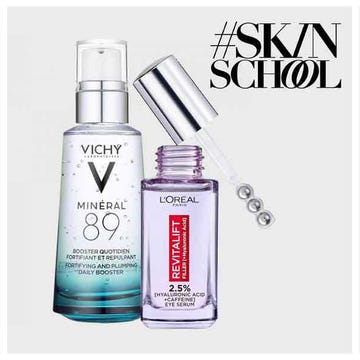If you’ve tackled a bout of acne and come out triumphant, it may feel like the battle has been won. However, so many blemishes leave their mark on your skin long after the breakout has subsided. Pitted scars, rosy erythema and patches of pigmentation can linger for months – even years – but there are tactics you can employ to smooth your way back to bright, even skin.
Here, we ask the experts to reveal exactly how to get rid of acne scars and pigmentation as quickly (and safely) as possible.
What are acne scars?
A generalised term, acne scarring can be used to refer to a multitude of textured marks that a breakout may leave behind. "Acne scars come in different forms, including rolling, boxcar and ice-pick scars," explains Pamela Marshall, clinical aesthetician and founder of Mortar & Milk.
While most types of scarring can be treated via various methods, there is one subset that requires specialist treatment, as aesthetician and founder of West Room Aesthetics Dija Ayodele explains. "Be wary that keloid scarring, which darker skin can be prone to, can make you contraindicated to treatment that works on the basis of inducing a mild trauma to the skin, such as chemical peels and microneedling. If you’ve got this type of scarring, it's best to see a doctor or dermatologist that can provide steroid shots or advise on removing with surgery."
Acne scars, erythema or hyperpigmentation?
These three issues all commonly occur after a breakout, but they're actually very different – and thus a different approach is required when it comes to fading them.
A simple way to ascertain what you're dealing with is by thinking of scarring as a textural issue, and pigmentation and erythema as tonal issues.
"Acne scars occur when too much collagen forms in a particular spot while a wound is healing," explains dermatologist Dr Dennis Gross. "The scar often develops within the dermis, where the original acne-induced inflammation formed."
“When someone has cystic acne, there's a higher probability of having rolling or boxcar scarring – especially if the spots are picked at aggressively," says Marshall. Indeed, applying pressure to breakouts can damage small veins, glands and tissues in the surrounding skin.
Unlike acne scarring, post-inflammatory hyperpigmentation is simply a form of skin pigmentation (like sun damage), which occurs as a result of trauma to the skin. As it doesn't damage the follicle, it isn't considered a true form of scarring.
According to Ayodele, certain skin types and tones are more likely to experience this post-acne pigmentation "Darker skin tones are more prone to hyperpigmentation because of the higher levels on melanin in the skin. This means that whenever there is any trauma, the melanin cells quickly leap into action to produce more melanin to defend and protect against that trauma," she says.
Finally, erythema is perhaps the most widely recognised issue surrounding acne-prone skin. Where pigmentation tends to be brown in hue, erythema is red.
"Post-acne erythema (PAE), refers to the red or pink discolouration that can occur to the skin after an acne lesion has healed," explains Dr. Sindhu Siddiqi, founder of cosmetic dermatology clinic No Filter. "This condition is completely different to post-inflammatory hyperpigmentation (PIH) but the two can sometimes look similar, especially in darker skin tones. Post-acne erythema is a result of inflamed and broken blood vessels that can occur when you have a breakout. The way your skin heals after a breakout is by increasing blood flow to the area: this is why spots look angry and inflamed. Once they settle, the tiny vessels on the skin surface can break from the increased pressure and chronic inflammation of the acne lesion."
The good news is that when it comes to getting rid of acne scars, erythema and pigmentation, there are several options available, from professional treatments to at-home hacks.
If you’re looking to diminish rolling, boxcar or ice-pick scarring, the solution likely lies in a clinic. Post-inflammatory hyperpigmentation and erythema will fade on their own over time, but there are several options – both in-salon and at-home – that you can utilise to speed up the process, from peels to face serums. Here, see everything the experts recommend in their clinics.
How to get rid of acne scars
Microneedling
There are many treatments out there to help fade the various forms of acne scarring – including lasers and microdermabrasion – but Marshall’s preferred treatment is microneedling. “Performed by a professional, microneedling is probably the best for scarring, and also helps reduce the signs of ageing," she explains. The process involves using tiny needles to create micro-punctures in the skin, which kick-starts cellular renewal, resulting in greater collagen and elastin production.
Ayodele agrees, adding that "the earlier this is done the better, as it's much more challenging to treat old scars."
Peels
If your scars aren't severe, a chemical peel could be a wise option. "For less obvious scarring, a clinical treatment with a low-pH acid will make a big difference," says Marshall.
What's more, at-home peels have come a long way in recent years, and there are now plenty of excellent options that work on renewing the skin surface, reducing the depth and intensity of acne scarring. "To treat acne scars at home, use a product that offers gentle chemical exfoliation," suggests Dr Gross. Opt for a pre-soaked pad for ease of use, or try a toner-style resurfacing liquid.
How to get rid of post-acne hyperpigmentation
Vitamin C
When it comes to brightening stubborn surface-level hyperpigmentation, vitamin C should be a key weapon in your skincare arsenal. "I absolutely love it for many reasons. Its benefits are manifold, including revitalising and brightening the skin while stimulating your body’s natural production of collagen," says Dr Gross. "Not only does it help to lighten and break up pigmentation you might already have, but it also prevents dark spots from forming in the future.”
Alpha-Hydroxy-Acids
According to Ayodele, a chemical peel is also a great way to fade post-inflammatory hyperpigmentation, as "it will help the skin to exfoliate quickly and fade the discolouration." Alpha-hydroxy-acids such as glycolic, lactic and mandelic acid work by dissolving the 'glue' that holds dead skin cells together, revealing brighter, fresher skin beneath.
"On Black skin it's best to do a series of superficial peels over a course of a few months as opposed to doing a single deep peel, which can cause further post-inflammatory pigmentation," says Ayodele. Consider a low-dose at-home product designed for sensitive skin, such as Dr. Dennis Gross' Alpha Beta Universal Daily Peel (which, despite what the brand may suggest, doesn't really need to be used every day), or QMS Medicosmetics' Active Exfoliant 7% Sensitive. A poly-hydroxy-acid is also a good, gentle alternative to the often-used glycolic acid, as its larger molecule size means penetration into the skin is reduced. You can find a perfect dose of poly-hydroxy-acid in Medik8's brilliant Press & Glow toner, which is designed to hydrate while it exfoliates.
Retinoids
Retinoids (or vitamin A) are useful for acne as they fade hyperpigmentation by increasing the cell turnover rates. A course of prescription-strength retinol requires a trip to the dermatologist, (or a more affordable digital dermatologist appointment) but there are now several excellent over-the-counter brands working with effective vitamin A derivatives, such as Sunday Riley and La Roche-Posay. As always when it comes to active skincare, follow the instructions stringently, consult a doctor if in doubt, and wear a high-factor face SPF every single day.
LED Light Therapy
Light therapy has been shown to work on so many skin concerns, from loss of collagen to active breakouts, and recent research suggests that red LED in particular may help to reduce inflammation and prompt cellular repair, aiding the skin to recover from a breakout more effectively.
Where such therapies were once confined to the four walls of a facialist's clinic, a handful of brands have now harnessed this advanced technology in LED masks and beauty gadgets for home use. Look for one with a red-light setting (the majority have this), and use it regularly for cumulative results.
How to get rid of post-acne erythema
As Dr. Siddiqi explains, it's trickier to treat post-acne erythema than hyperpigmentation with topicals alone, due to the inflammation involved. The priority, she says, is to keep the skin calm, keeping that inflammation to a minimum. "This can be hard as many acne treatments, such as retinoids and acids, can thin the skin and disrupt the skin barrier if not used appropriately."
Calming ingredients
Instead of harsh resurfacers, the key to treating erythema efficiently is by keeping the skin calm. "In our clinic we use ingredients such as niacinamide and Korean cult favourite propolis for their anti inflammatory and healing properties – especially if we've prescribed the patient prescription topicals for acne," says Dr. Siddiqi.
Tranexamic acid
Dr Siddiqi also likes tranexamic acid for treating post-acne erythema."It has anti-inflammatory and anti-pigmentation properties; there's nothing better than killing two birds with one stone." she says. Happily, the ingredient is cropping up in many of this year's forward-thinking pigmentation serums, such as Topicals' Faded treatment, which has already received acclaim in the States.
Vitamin C
"Vitamin C is also a very effective anti-inflammatory with antioxidant and brightening properties," says Dr. Siddiqi. However, this one comes with a caveat: "It can be tricky for acne-prone patients as it can often trigger breakouts by increasing oil production if you do not use the right formulation for you," warns Dr. Siddiqi. "This is why we use several different medical-grade skincare brands in-clinic: every skin need is different."
Light and laser treatments
Before you start to treat post-acne erythema in-clinic, it's crucial to first fully settle the acne itself. "There is no point in treating the marks left after acne if you are still getting regular breakouts, as you will just be chasing marks constantly," says Dr. Siddiqi. "We always formulate an effective home skin care program with a mixture of prescription and non-prescription products first, then wait until the skin has been free of regular breakouts for at least six weeks."
Once you're at this point, there are several in-clinic technologies your doctor may recommend to help treat any especially stubborn erythema left behind. At her clinic, Dr. Siddiqi recommends light and laser-based devices.
"Different lasers have different targets in the skin, and for post-acne erythema we use lasers that target the red pigment in the blood. Our IPL machine Lumecca is an excellent choice for lighter skin types (Fitzpatrick 1-3 and some 4s) as it not only constricts superficial vessels and gets rid of redness, but breaks down hyperpigmentation and increases collagen production too."
While many laser-based devices are unsuitable for darker skin tones, the most advanced clinics today are investing in alternative technologies that can work on Fitzpatrick types 4 and above. "The 1064 nm ND Yag lasers, such as the Excel V, is safe for darker skin and works for redness as well as pigmentation," says Dr. Siddiqi.
Prescription products
When dealing with complex issues such as acne scarring, getting in front of a dermatologist or doctor is always a good idea – but it's true that these consultations can be costly and inconvenient.
The pandemic-induced lockdowns revolutionised the aesthetics industry and paved the way for a host of expert online dermatology services. You can now book in to see one of London's leading authorities via Get Harley – a digital platform that charges just £40 for an aesthetician appointment, or £150 for a consultant dermatologist. They'll offer one-to-one advice and analysis, as well as any required prescriptions and products .
Similarly, platforms such as Skin + Me are offering custom-blended prescription-strength serums to tackle more advanced skin issues, from pigmentation and acne scars right through to rosacea and melasma. Costing just £24.99 per month, it's a brilliant-value option for anyone keen to try a more active treatment.



